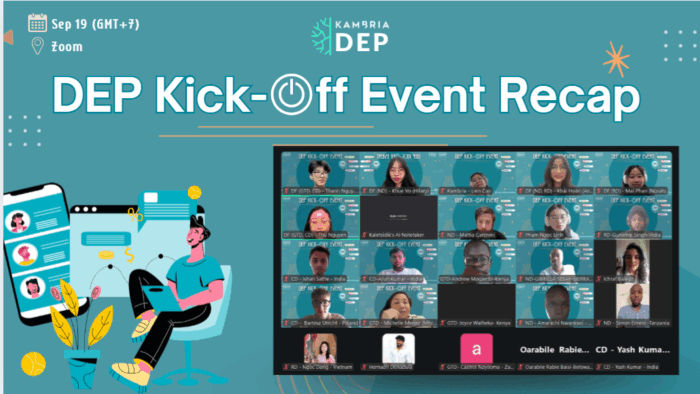Imagine living in a world where every company you buy from only accepts a different currency. You buy bread with BreadCoin, shoes with ShoeCoin, eat at Restaurant A with RestaurantACoin. You have to calculate the amount of BreadCoin to buy based on how much bread you’re going to buy this week, then decide when to buy the BreadCoin cryptocurrency, on what exchange, and at what price. On top of that, you need to find a way to buy and hold the coins. Not to mention the psychological overhead of price volatility… Should you have bought extra BreadCoin last week during the dip, so you could get 30% extra bread for the week?
It’s a huge hassle. Yet this is exactly the situation with tokens today. On one hand, it’s unavoidable and by design. The (arguably) fastest way to bootstrap a network-effect based platform is by incentivizing early contributors and first movers by creating these mini-economies that inflate like expanding universes. If one were to use existing cryptocurrencies (or fiat), you’d minimize friction, but many projects that need scale to be valuable would miss out on this key ingredient.
A number of really great projects have been working on the problem from different angles. For example, the set of on-chain decentralized cryptocurrency exchange projects like 0x and Kyber aim to pool liquidity globally and make it accessible via on-chain transactions. There’s also a lot of discussion about decentralized exchange protocols. Just like ERC20 how became a relatively simple but effective standard for tokens, one could imagine a similar, minimal protocol that enables seamless token conversion from various liquidity providers, all abstracted away for the end user. These innovative projects will take time to develop, and realistically it looks like it’ll be 2018 or 2019 before they are more widely adopted.
In the meantime, the task falls to the companies creating cryptocurrency tokens to apply thought and design around eliminating user friction in the token model.How will your users come to acquire tokens for your service? How crypto-savvy do they need to be? How does this interrupt their flow/interaction with your service? How much do they need? Are they comfortable holding and managing that much?
Companies that think through and have good answers to the above questions will be much more likely to have successful cryptocurrency projects and communities.
Fintech and crypto related projects have an inherent alignment which results in low friction. Those most interested in using these services are already cryptocurrency and token holders, so it’s easy for them to acquire new tokens and use new services. But now we’re seeing an explosion in the number of token-backed companies in all areas, from legal to biotech, AI, and robotics (us!). In these cases, the core community may be lawyers, researchers, or roboticists, most of whom are only peripherally aware of Bitcoin and hearing about Ethereum and tokens for the first time.
We have been studying this problem in detail for the last few months and would like to share a few strategies to address this problem.
First — be prepared to offer assistance helping your cryptocurrency community come on board. Create video tutorials, write online guides, and make sure there’s an easy way for newbies to get started and to understand how everything works in the crypto space. Most importantly, teach them how to stay safe. Build up the community to the point where people can help each other get started.
Second — consider having a secondary stable cryptocurrency token, similar to Factom’s entry credits. There are pros and cons to this approach, but it’s a tool in the toolbox that can be effective in some cases. Essentially, this secondary stable token is non-transferrable and there’s an infinite supply that can be purchased from the company at some fixed rate with a more stable currency, i.e. 100 STABLE = $1 USD. These stable tokens can only be used to pay for or use the service — thus there’s no reason to hold them. And because the price doesn’t fluctuate, it feels like paying with the larger stable currency (USD for example), but all the transactions and logic can be done on-chain in smart contracts.
Third — consider running your own on-chain exchange for your token to add liquidity (similar to EtherDelta). The crypto space is unique because the barrier to setting up and running an on-chain, trust-free exchange like EtherDelta is low. Anyone can clone the EtherDelta contract and implement the centralized order book and UI. In this case, they can also set the fees to zero (or near-zero) since the liquidity already adds value to the community. It provides a unique opportunity to tailor the exchange experience for your users in a way that also minimizes the risk (i.e. mistyping decimal places in the EtherDelta UI, etc.) and provides more hand-holding.
Fourth — create familiar feeling fiat-based on-ramps. Part of Kambria is about providing access to next-generation lean manufacturing services like additive manufacturing, metal 3D printing, water/laserjet cutting, PCB manufacturing, etc. We expect many users’ first interactions with Kambria to be submitting robot designs to be manufactured or buying pre-built robot platforms in the Kambria ecosystem.
In these cases, it’s a complete non-starter to tell people to: 1) go and set up geth/parity, 2) set up a Coinbase/Gemini account and buy some eth (and wait 7–14 days), 3) learn how to use Metamask/Parity UI, 4) learn about gas costs and how to price in gwei, 5) deposit into EtherDelta, 6) successfully buy tokens from the EtherDelta order book, 7) come back to Kambria and buy a robot.
The correct way to start is by enabling the familiar online shopping metaphor — users click a button to pay in fiat online, and behind the scenes the foundation/entity can purchase tokens off the exchange and push the order on-chain. Then gradually bring users into the fold. For example, offer rewards in tokens that users can redeem if they go and set up a wallet and learn how to make transactions.
Fifth — prefer value exchange to airdropping when possible. Airdropping is supposed to create a trickle up effect and stimulate use of the tokens. In reality, we believe it’s more of a marketing tool than anything else. It may work well in fintech projects, but for most other projects the set of people being airdropped to (based on ETH balance or other metric) won’t be a good representation of your core users.
Once you know who your core users are, find ways to engage them and give them more significant reward in exchange for value they bring to your community. In our case, we’re always looking for top robotics technology to pull into the Kambria ecosystem, ranging from things like better low cost USB cameras to brushless motor controller designs. We focus on finding this kind of value for Kambria and are willing to give out a significant reward, sizeable enough value for the individual or organization to go through the effort required to be involved in blockchain.
We’re continuing to think hard about this problem and add more strategies as we go. If you have any other ideas, we’d love to hear them! Until next time.







